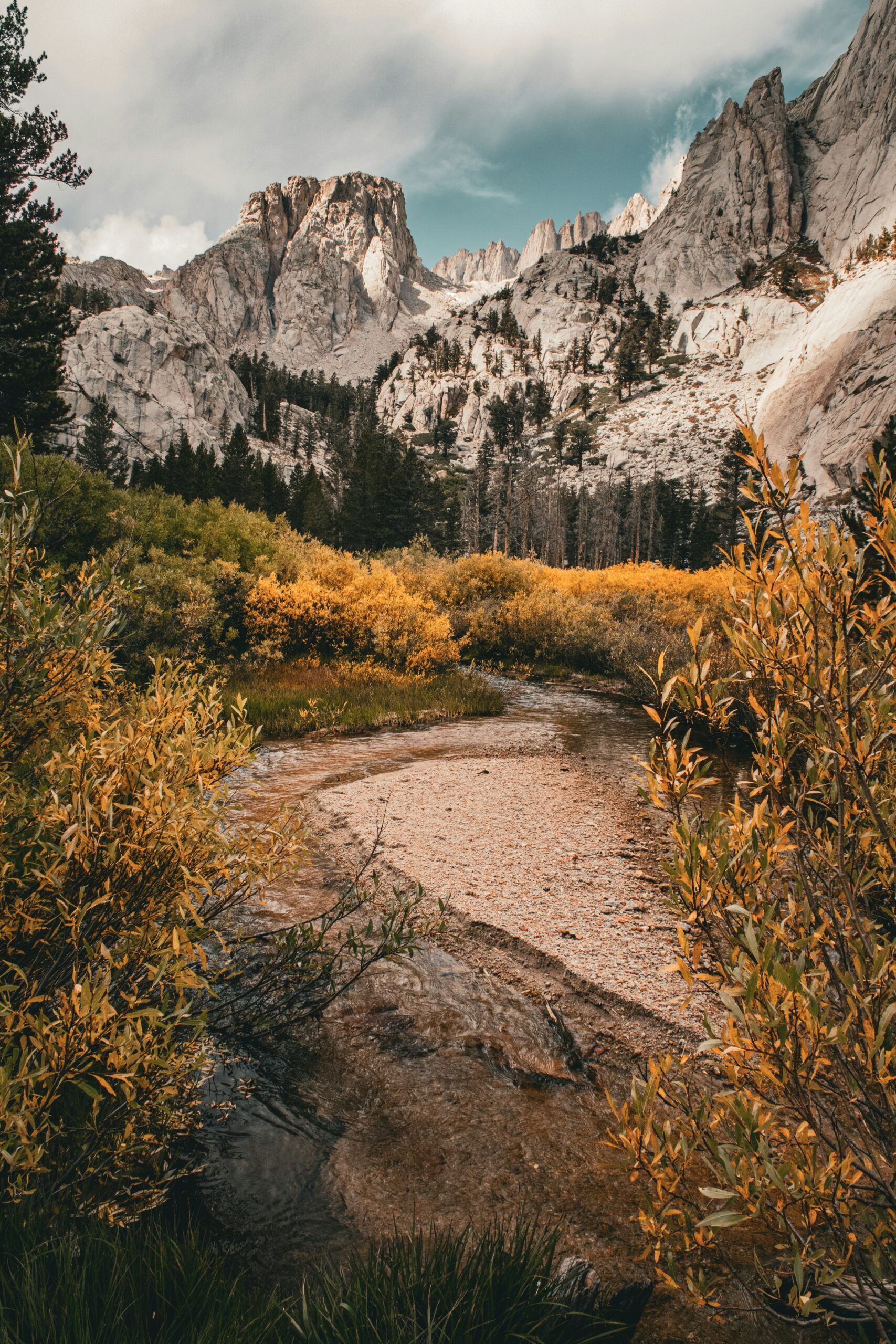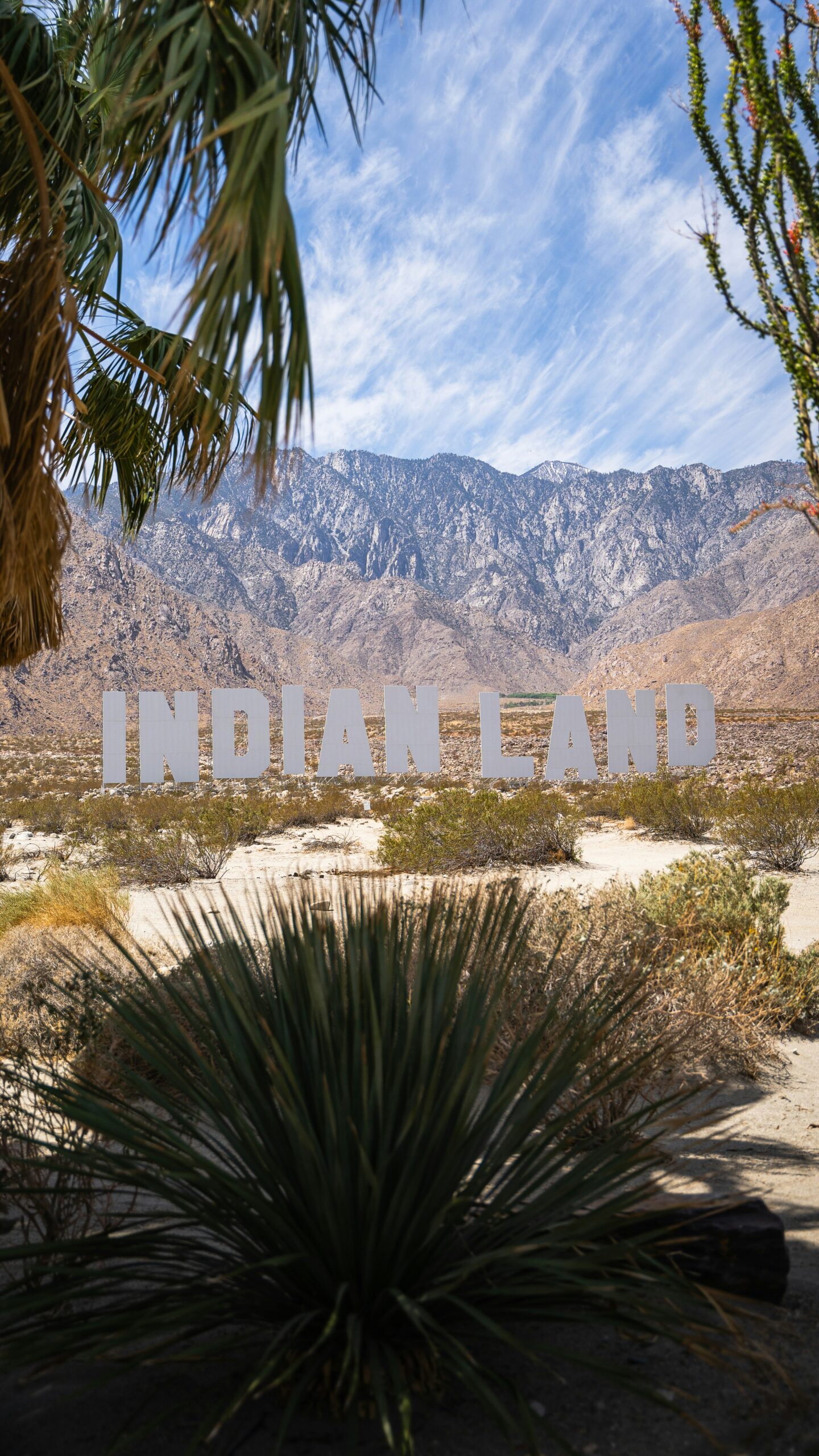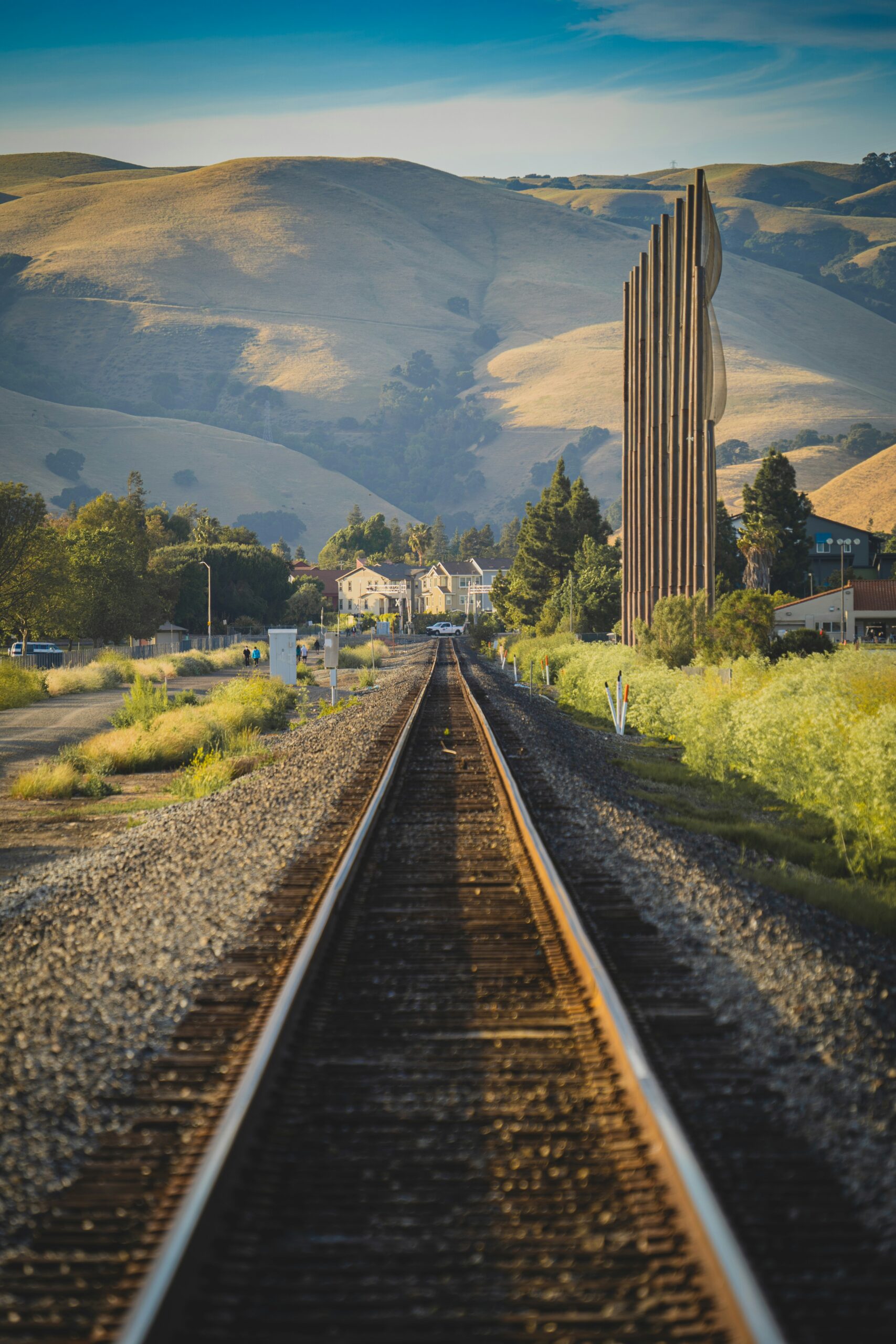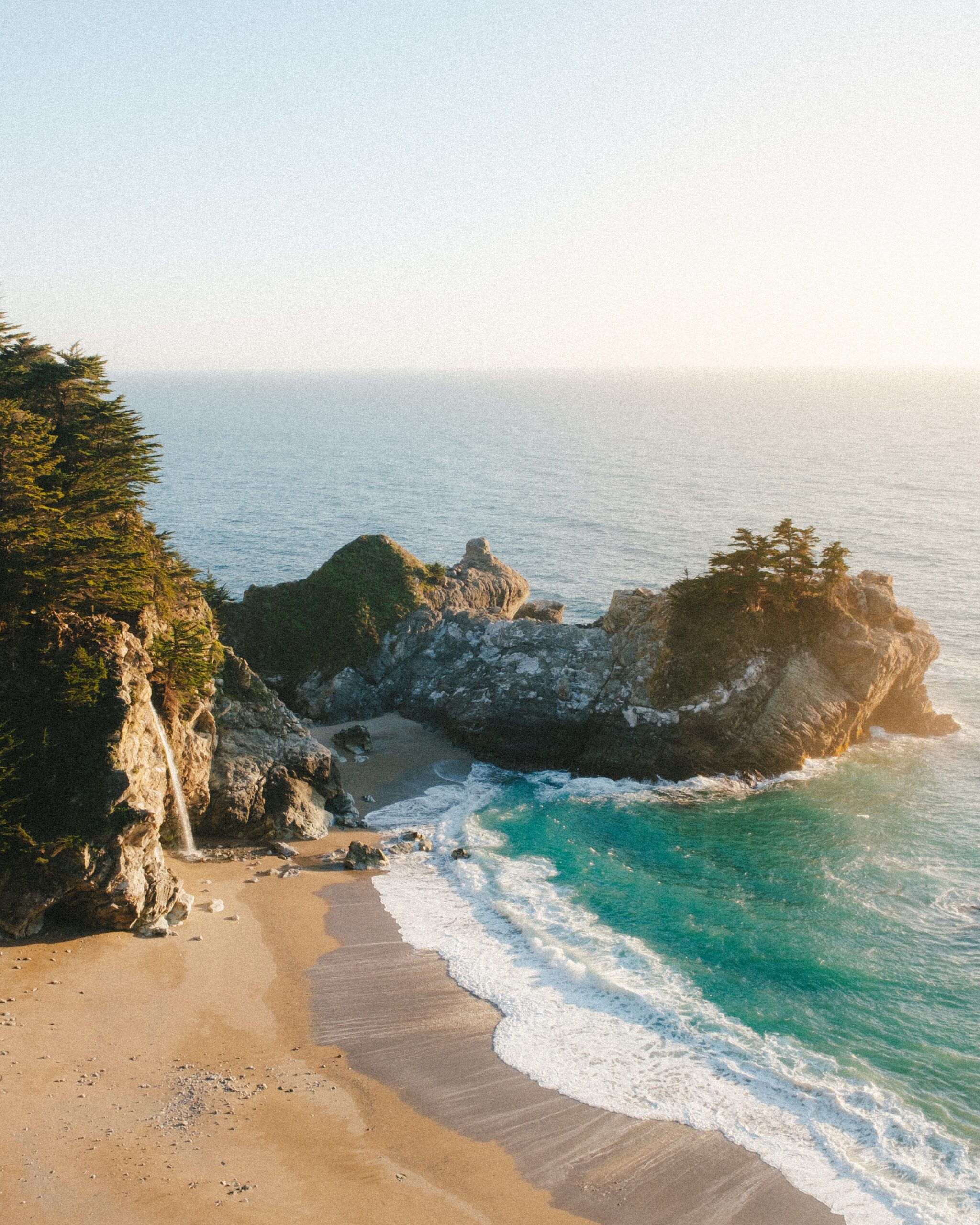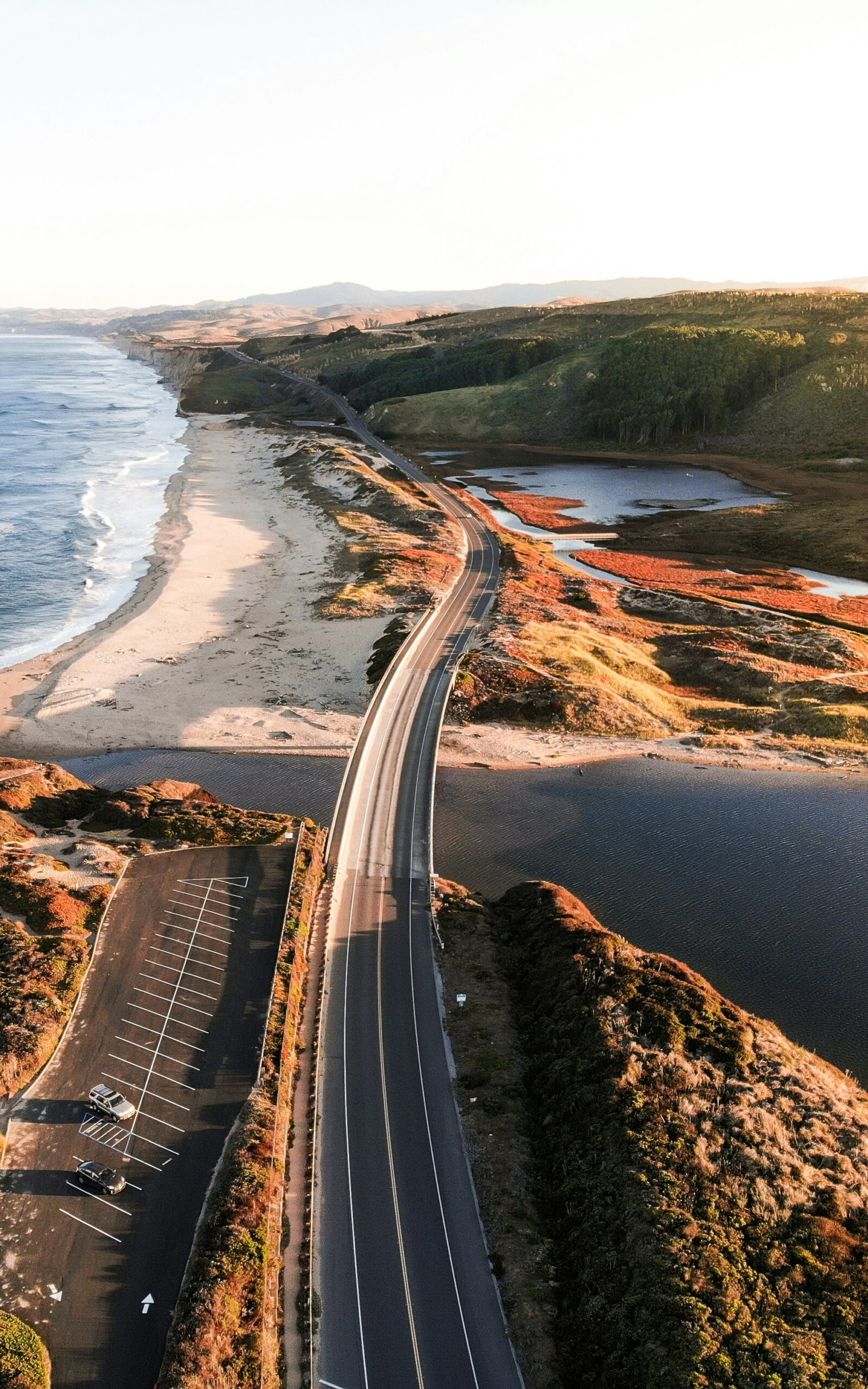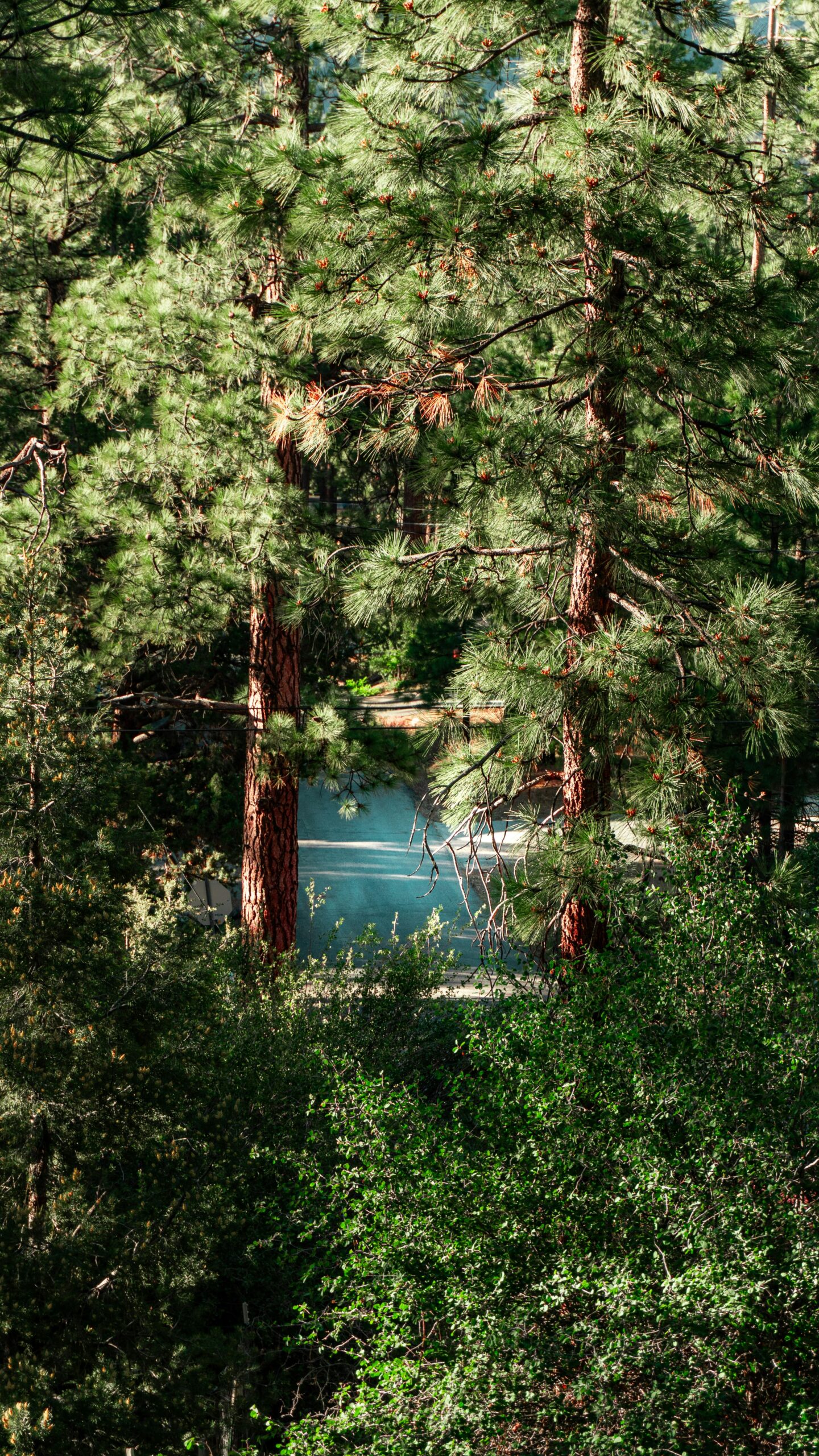Unique Facts About Mount Whitney: 5 Surprising Tidbits You’ll Love
Mount Whitney stands tall as a crown jewel of California's Sierra Nevada range. You might know it as the highest peak in the contiguous United States, but there's so much more to discover about this majestic mountain. At an impressive elevation of 14,494 feet, Mount Whitney offers a breathtaking experience for hikers and nature enthusiasts alike.
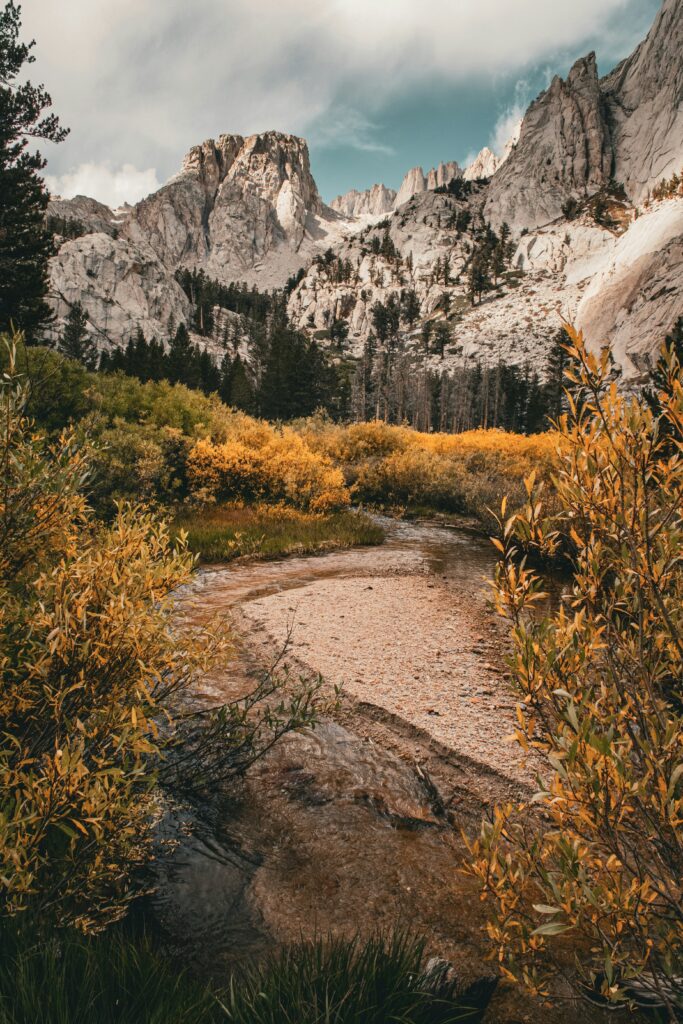
Did you know that Mount Whitney shares a unique geographical relationship with Death Valley? These two landmarks represent the highest and lowest points in the contiguous U.S., respectively, and they're surprisingly close to each other. This proximity creates a striking contrast in landscapes, from alpine peaks to arid desert basins.
If you're planning to conquer Mount Whitney, be prepared for the famous 99 Switchbacks – a challenging section of the trail that will test your endurance and reward you with unforgettable views. As you explore these fascinating facts about Mount Whitney, you'll gain a deeper appreciation for this natural wonder and perhaps feel inspired to plan your own adventure to the roof of California.
Unique Facts About Mount Whitney: 5 Surprising Tidbits You'll Love
Geological Background
Mount Whitney's geological story is fascinating. Its unique composition and formation process have shaped it into the majestic peak you see today.
Formation Process
You might be surprised to learn that Mount Whitney is quite young in geological terms. It formed during the Sierra Nevada's uplift around 2-4 million years ago.
This uplift occurred when tectonic plates collided, pushing the land upwards. As the mountains rose, erosion began shaping them.
Glaciers played a crucial role too. During the Ice Age, they carved out valleys and sharpened peaks, giving Mount Whitney its distinctive shape.
Granite Composition
When you look at Mount Whitney, you're seeing mostly granite. This igneous rock formed deep underground millions of years ago.
The granite cooled slowly, creating large, interlocking crystals. You can spot minerals like quartz, feldspar, and mica in the rock.
Geological surveys have revealed that Mount Whitney's granite is part of a larger batholith. This massive underground rock formation extends throughout much of the Sierra Nevada range.
The granite's durability has helped Mount Whitney withstand erosion, allowing it to remain the highest peak in the contiguous United States.
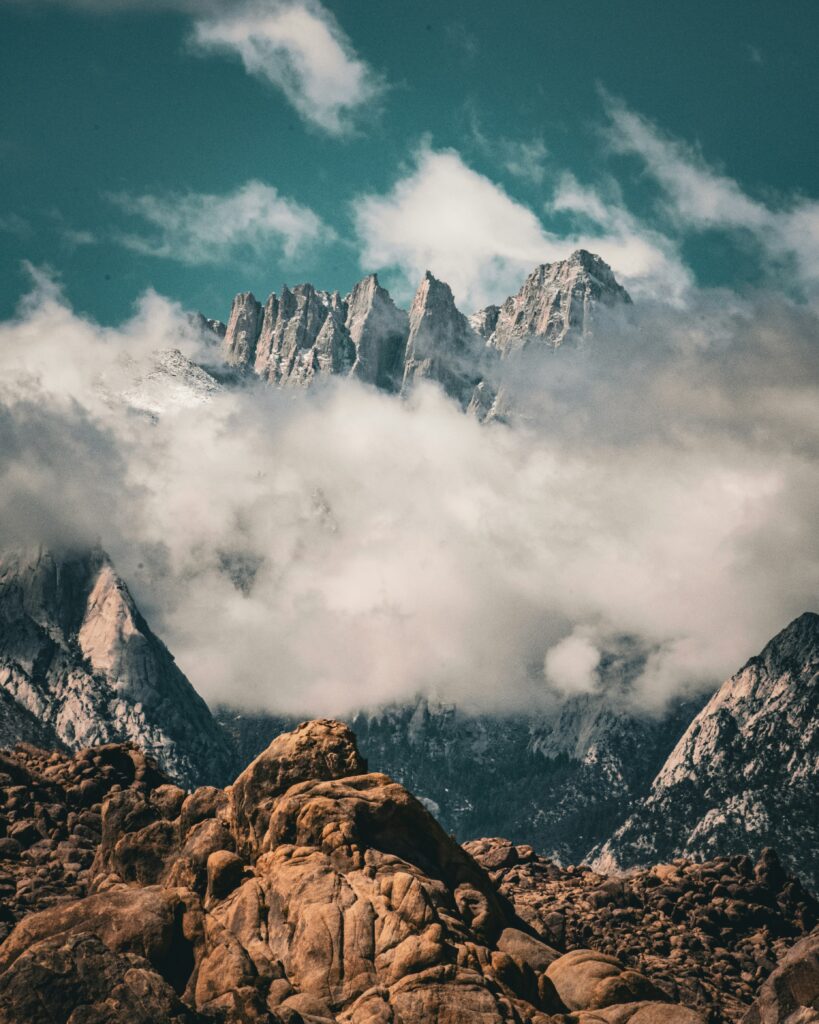
Climbing Mount Whitney
Mount Whitney offers thrilling challenges for climbers of all skill levels. You'll find various routes to conquer this majestic peak, each with its own unique history and technical demands.
Historic Ascents
The first recorded ascent of Mount Whitney occurred in 1873. A fishing party led by Charles Begole, Albert Johnson, and John Lucas reached the summit on August 18th of that year. Their pioneering climb paved the way for future mountaineers.
In the following decades, more adventurers tackled the mountain. Notable early climbers included John Muir, who ascended Whitney multiple times. These historic ascents helped establish Mount Whitney as a premier destination for mountaineers in the United States.
Modern Climbing Routes
Today, you have several options for climbing Mount Whitney. The most popular is the Mount Whitney Trail, a non-technical but strenuous 22-mile round trip. This route typically takes 12-14 hours for a day hike.
For a more challenging experience, try the Mountaineer's Route. It's steeper and requires some scrambling, offering a taste of technical climbing. The East Face route provides opportunities for technical free climbing if you're up for a real adventure.
Remember, you'll need a permit to climb Mount Whitney during the quota season from May 1st to November 1st. Plan ahead and prepare well for your exciting journey to the roof of the contiguous United States!
Ecological Significance
Mount Whitney's unique environment supports diverse plant and animal life adapted to harsh alpine conditions. The mountain's ecology offers a fascinating glimpse into nature's resilience at high altitudes.
Flora Around Whitney
You'll find a surprising array of plant life on Mount Whitney despite the challenging conditions. At lower elevations, you might spot Jeffrey pines and mountain mahogany. As you climb higher, vegetation becomes sparser but no less interesting.
Look out for colorful alpine wildflowers like sky pilot and alpine gold, which thrive in rocky crevices. These hardy plants have adapted to withstand extreme temperatures and strong winds. You'll also see cushion plants hugging the ground, their compact form helping them conserve heat and moisture.
Lichens are another remarkable sight. These symbiotic organisms cling to rocks, adding splashes of color to the barren landscape. Their presence is a testament to life's ability to flourish in the most unlikely places.
Fauna of the High Sierra
As you explore Mount Whitney, keep your eyes peeled for the diverse wildlife that calls this rugged terrain home. Marmots are a common sight, sunning themselves on rocks or scurrying between boulders. These furry mammals are well-adapted to the alpine environment, hibernating during the harsh winters.
Bird enthusiasts, you're in for a treat! The gray-crowned rosy finch is a special resident of Mount Whitney's upper slopes. This hardy bird is one of the few species that can survive year-round at such high altitudes.
You might also spot golden eagles soaring overhead or hear the distinctive whistle of a pika. These small, rabbit-like creatures are perfectly suited to life among the talus slopes. In the forests below, black bears and mule deer roam, while bighorn sheep navigate the steep, rocky terrain with ease.
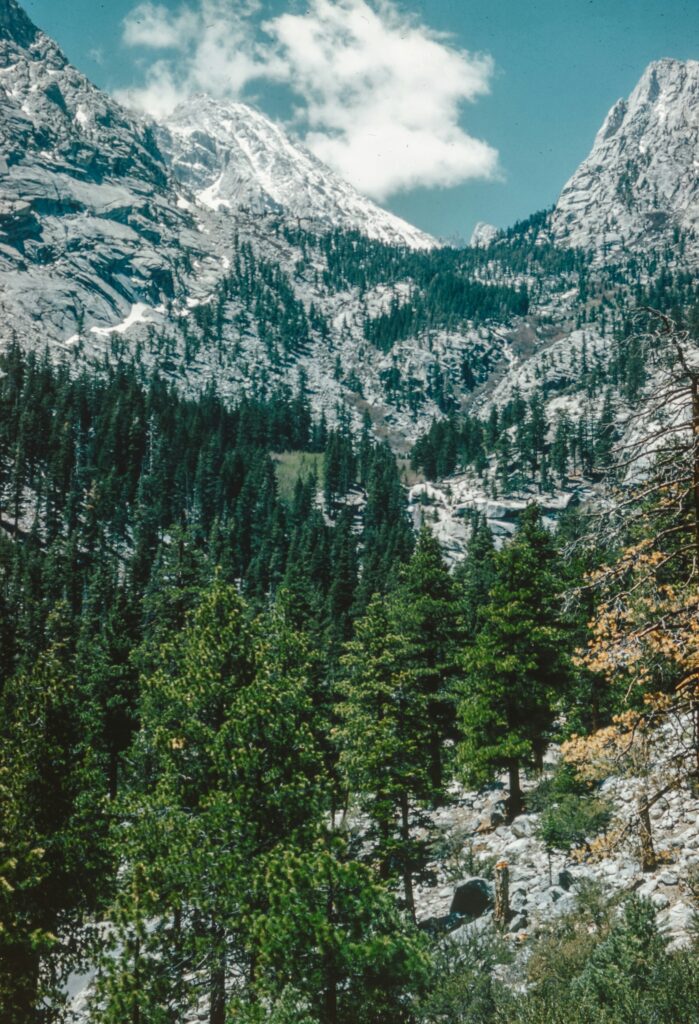
Recreational Activities
Mount Whitney offers thrilling outdoor adventures for nature enthusiasts. You can explore the stunning landscape through various activities that cater to different skill levels and interests.
Hiking Opportunities
You'll find numerous hiking trails that lead to Mount Whitney's summit. The Mount Whitney Trail is the most popular route, spanning 22.5 miles round-trip with a challenging 6,656-foot elevation gain. This trail offers breathtaking views of the surrounding Sierra Nevada range.
For a less strenuous option, you can take shorter day hikes around Whitney Portal. These trails provide beautiful vistas without the commitment of a full summit attempt.
Remember to obtain the necessary permits before embarking on your hike. The wilderness areas around Mount Whitney have strict regulations to protect the environment and ensure visitor safety.
Backpacking and Camping
If you're looking for a multi-day adventure, backpacking is an excellent way to experience Mount Whitney. You can set up camp at designated sites along the trail, allowing you to take in the starry nights and crisp mountain air.
Whitney Portal serves as the main campground and trailhead for Mount Whitney expeditions. It offers amenities like picnic areas, bear-proof food storage, and a small store for last-minute supplies.
For a more remote experience, you can venture into the backcountry of Sequoia National Park. Here, you'll find pristine wilderness and solitude away from the more crowded areas.
Always practice Leave No Trace principles to preserve the natural beauty of the area for future visitors.
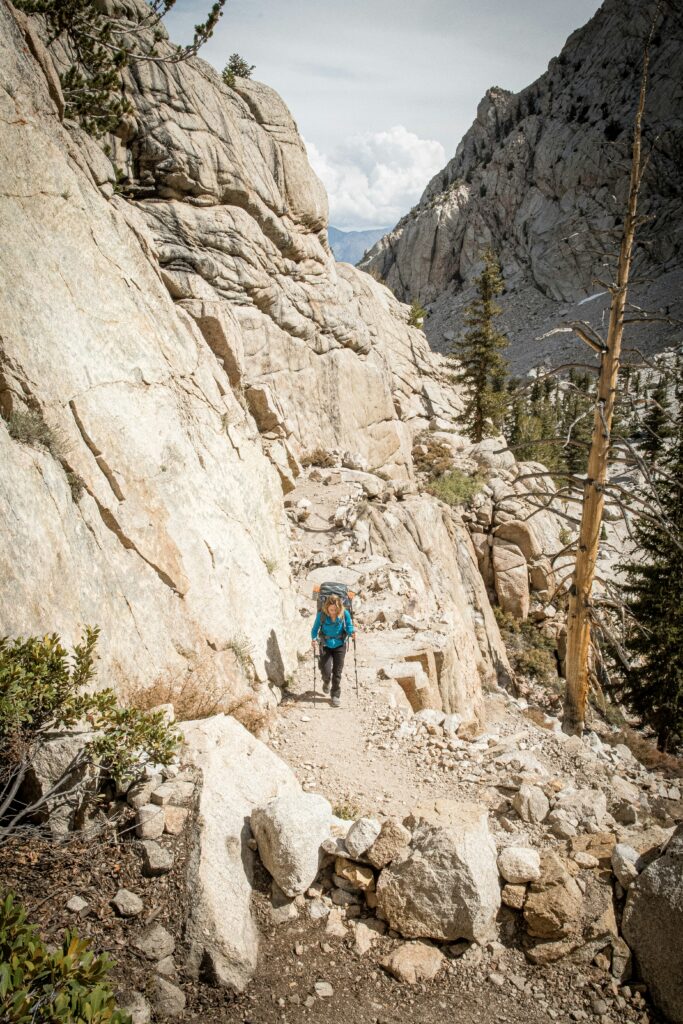
Historical Context
Mount Whitney's past is filled with adventure and cultural significance. Its exploration and naming shaped both local communities and mountaineering history in the United States.
First Ascent and Naming
Mount Whitney was named after Josiah Whitney, a prominent geologist. However, its first ascent came later, in 1873.
Charles Begole, Albert Johnson, and John Lucas were the first to reach the summit. They initially called it “Fisherman's Peak” due to their love of fishing.
The name didn't stick, though. The mountain kept its official name honoring Whitney, who had surveyed the area extensively.
Impact on Local Culture
Mount Whitney's presence has greatly influenced the surrounding communities.
The Sierra Nevada region saw increased tourism and mountaineering interest after the first ascent. This brought economic opportunities to nearby towns.
You'll find that local culture embraces the mountain's significance. It's not just a geographical feature, but a source of pride and identity for residents.
The peak has inspired numerous artistic depictions, capturing California's unique wilderness atmosphere. It continues to draw adventurers and nature enthusiasts from around the world.
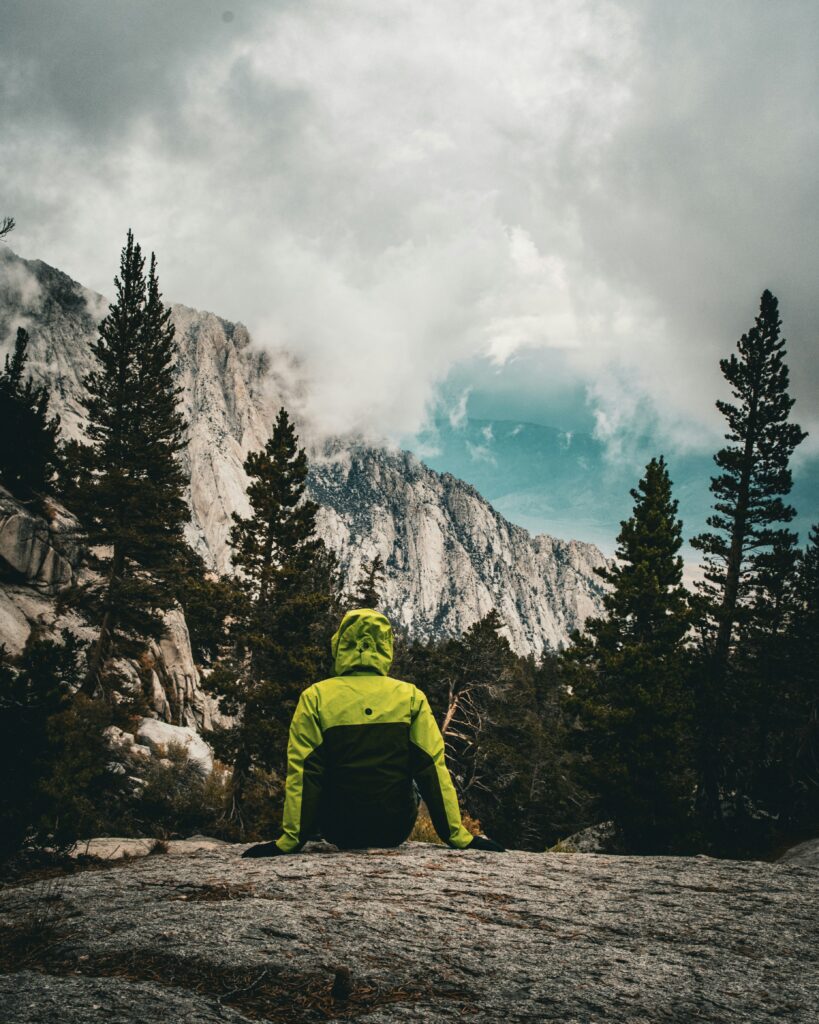
Challenges and Risks
Climbing Mount Whitney presents several obstacles that test your physical and mental limits. You'll face unpredictable weather and potential health issues due to the extreme altitude.
Weather and Climate Conditions
Mount Whitney's alpine climate can be harsh and changeable. You might experience sudden temperature drops, strong winds, and unexpected storms. Even in summer, temperatures can plummet below freezing at night.
Be prepared for:
- Snow and ice year-round
- Thunderstorms in the afternoon
- UV exposure due to thin atmosphere
Pack layers and waterproof gear. Check the forecast before your climb, but remember it can change quickly. Start your ascent early to avoid afternoon storms.
High-Altitude Health Concerns
As you climb, the air gets thinner. At 14,505 feet, Mount Whitney's peak has about 40% less oxygen than sea level. This can lead to altitude sickness.
Symptoms to watch for:
- Headaches
- Nausea
- Dizziness
- Shortness of breath
Acclimatize by spending a night at a lower elevation before your summit attempt. Stay hydrated and climb slowly. If symptoms worsen, descend immediately. Your safety is paramount.
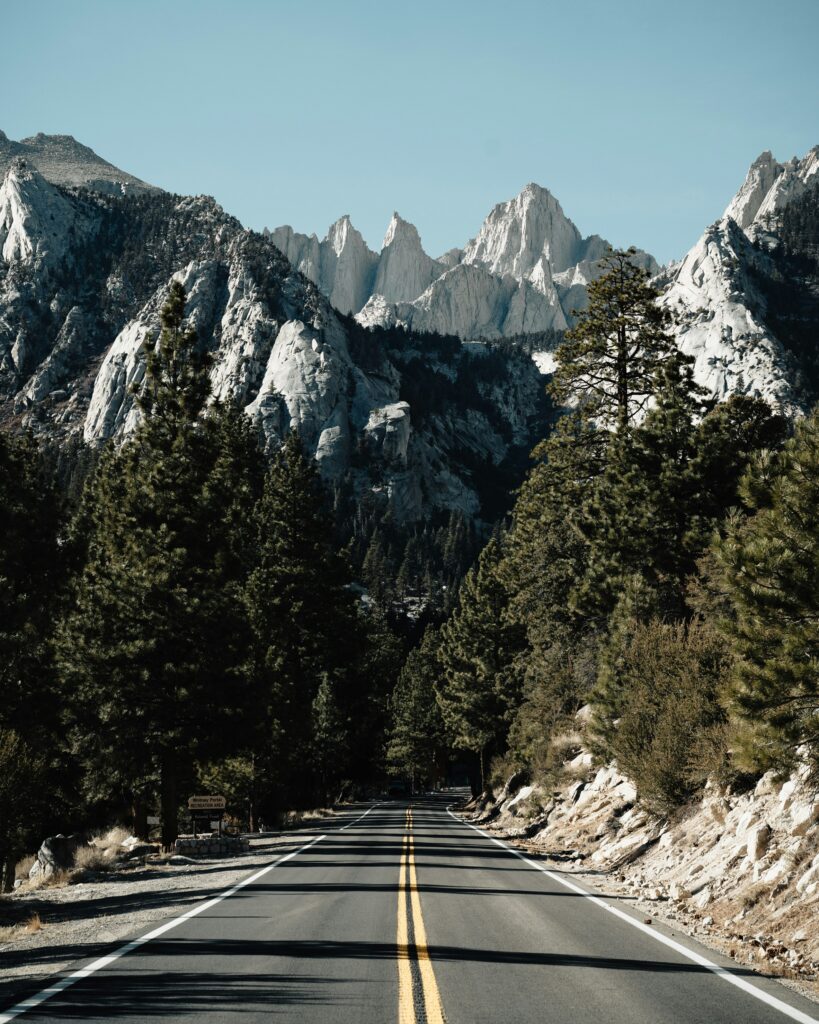
Cultural and Symbolic Importance
Mount Whitney holds deep meaning for various groups and has inspired countless individuals. Its majestic presence has left an indelible mark on literature and Native American culture.
Mount Whitney in Literature
You'll find Mount Whitney featured in many works of literature. John Muir, the famous naturalist, wrote extensively about the mountain in his book “My First Summer in the Sierra.” His vivid descriptions capture the awe-inspiring beauty of the peak.
In fiction, Mount Whitney often serves as a backdrop for adventure stories. You might come across it in novels where characters face personal challenges while climbing its slopes. The mountain's imposing height and rugged terrain make it a perfect setting for tales of perseverance and triumph.
Poetry hasn't overlooked Whitney either. Its snow-capped summit has inspired verses that celebrate nature's grandeur. You can discover poems that paint pictures of the mountain's diverse ecosystem, where life thrives against all odds.
Significance to Native Tribes
For Native American tribes, Mount Whitney holds profound spiritual importance. You might be interested to know that the Paiute people call it Tumanguya, which means “the very old man” in their language.
The mountain played a crucial role in traditional stories and ceremonies. You'd find that many tribes viewed it as a sacred place, central to their creation myths and spiritual practices. Its towering presence served as a landmark for navigation and a boundary marker between different tribal territories.
Today, you can still see the cultural symbolism of Mount Whitney in Native American art and storytelling. The mountain continues to be a source of inspiration and reverence, connecting modern tribal members to their ancestral heritage.

Conservation Efforts
Mount Whitney's unique ecosystem faces various challenges. Conservation initiatives aim to protect its biodiversity and preserve the pristine wilderness for future generations. Managing visitor impact is crucial to maintaining the mountain's delicate balance.
Preservation Measures
You'll find numerous efforts in place to safeguard Mount Whitney's natural beauty. Sequoia National Park, which includes part of the mountain, plays a vital role in these conservation efforts. Park rangers actively monitor the area, ensuring wildlife protection and habitat preservation.
The wilderness surrounding Mount Whitney is carefully managed to maintain its pristine state. You'll notice strict regulations on camping and fire usage to minimize human impact. These measures help protect the diverse flora and fauna that call this area home.
Conservation groups work tirelessly to combat threats like climate change and pollution. Their efforts include:
- Reforestation projects
- Water quality monitoring
- Invasive species removal
Visitor Impact Management
When you visit Mount Whitney, you'll encounter various measures designed to minimize your environmental impact. A permit system limits the number of daily hikers, preventing overcrowding and reducing trail erosion.
You're encouraged to follow Leave No Trace principles:
- Pack out all trash
- Stay on designated trails
- Use proper waste disposal methods
Educational programs help you understand the fragile ecosystem and your role in preserving it. Signage along trails provides information about local wildlife and vegetation, fostering appreciation for the mountain's unique environment.
Rangers regularly patrol the area, ensuring visitors adhere to regulations. Their presence helps maintain the wilderness character while providing assistance when needed.
Routes and Trails
Mount Whitney offers various exciting paths to its majestic summit. You'll find options ranging from popular, well-maintained trails to more challenging routes for experienced hikers and climbers.
Main Trails to the Summit
The Mount Whitney Trail is the most popular route to the top. This 22-mile round trip starts at Whitney Portal and gains 6,100 feet in elevation. You'll need to be prepared for a long day hike or an overnight adventure.
The John Muir Trail also reaches the summit, offering a longer but scenic approach. You can join this trail from Yosemite National Park for an epic multi-day trek.
For a shorter but still challenging option, consider the High Sierra Trail. It starts in Sequoia National Park and ends at Whitney Portal after 72 miles.
Alternative Paths for Enthusiasts
If you're looking for a more technical climb, try the Mountaineer's Route. This path is steeper and requires some scrambling, but rewards you with fewer crowds and stunning views.
The East Face and East Buttress routes offer technical rock climbing opportunities for experienced mountaineers. These challenging paths require proper equipment and skills.
Remember, all routes to Mount Whitney's summit require permits. Plan ahead and prepare for changing weather conditions to ensure a safe and enjoyable climb.
Physical Geography
Mount Whitney stands as a magnificent testament to nature's grandeur. Its towering stature and unique geographical features make it a remarkable landmark in the Sierra Nevada range.
Topography and Elevation
Mount Whitney reaches an impressive height of 14,494 feet (4,418 meters) above sea level. This makes it the highest peak in the contiguous United States, a fact that draws many adventurers to its slopes.
When you visit, you'll notice the mountain's distinct granite composition. This rugged terrain presents a challenging climb for hikers and mountaineers alike.
The mountain's eastern face is particularly striking. It rises dramatically from the Owens Valley below, creating a breathtaking visual contrast.
Prominence and Isolation
Mount Whitney's prominence is a key feature that sets it apart from other peaks. With a prominence of 10,075 feet (3,071 meters), it stands out significantly from its surroundings.
You might be interested to know that Whitney is an ultra-prominent peak. This designation is given to mountains with at least 1,500 meters of prominence.
The peak's isolation is also noteworthy. It's located about 11 miles from the next higher summit, giving it a sense of solitary majesty in the landscape.
This isolation contributes to the stunning views you can experience from the summit. On a clear day, you can see for miles in every direction.

